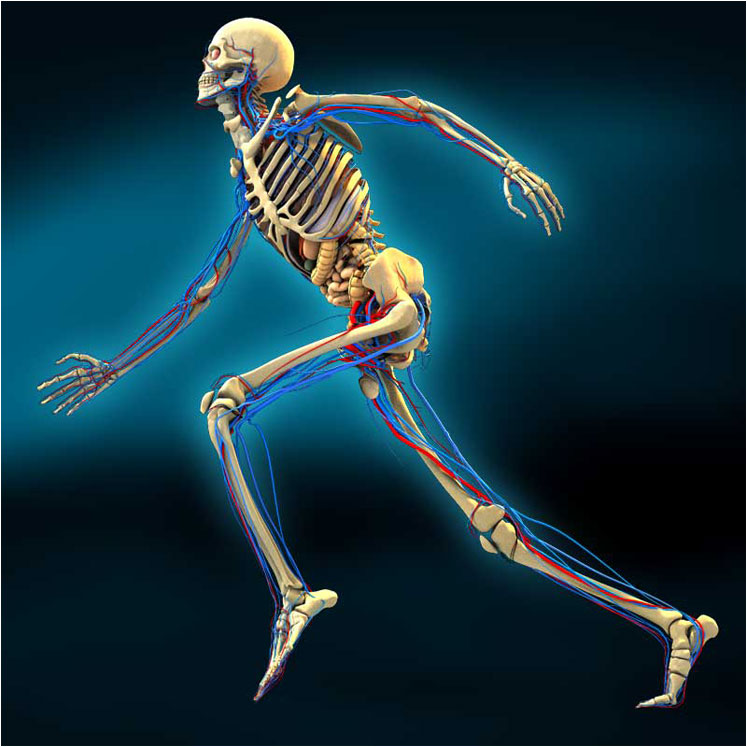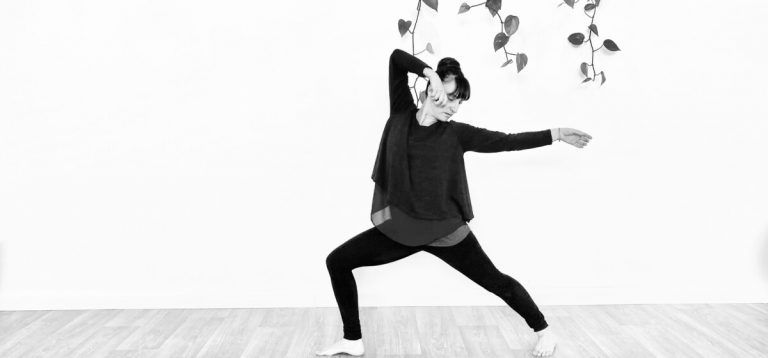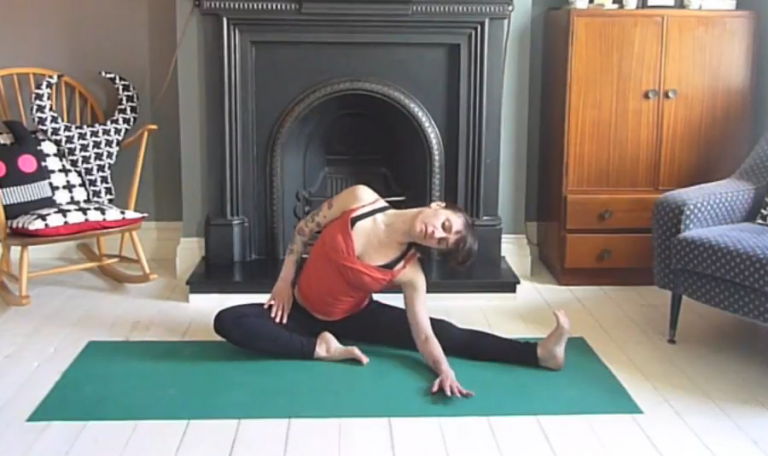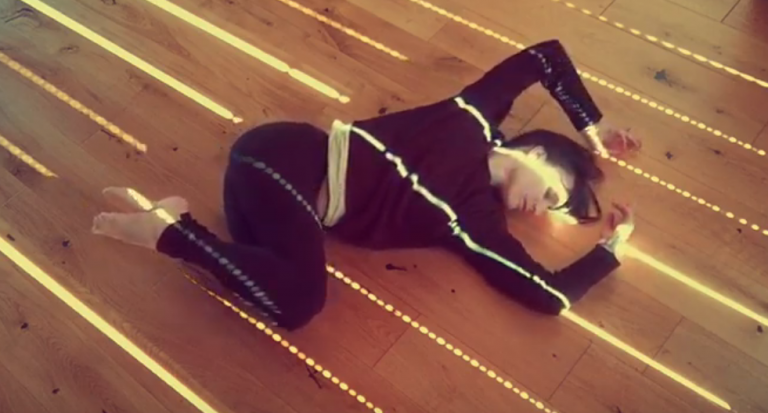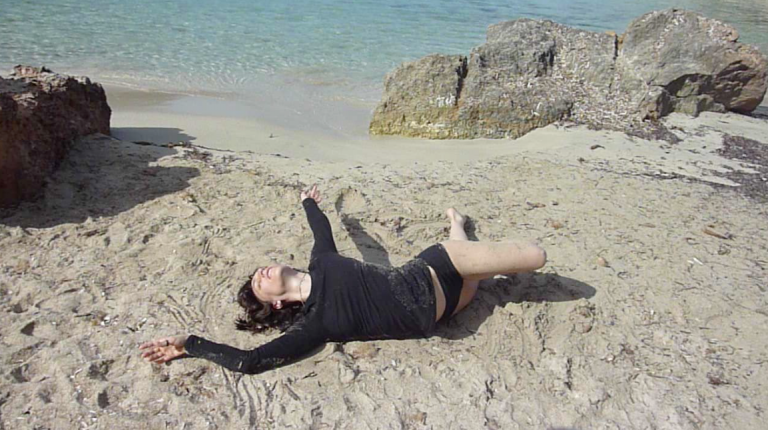What is Proprioception and How Does it Relate to Mindfulness Practices?
Mindfulness is a meditative awareness practice that develops a capacity to attend to the present moment, while calmly acknowledging and accepting one’s feelings, thoughts, bodily sensations, and external stimuli with a receptive, noninvasive attitude.
In order to develop this attitude of sensitive, non-manipulative attention, we need to develop proprioception during our classes (the term proprioception is used to describe the sensory information that contributes to the sense of body position and movement) The way to cultivate proprioception is through simplifying what we are doing, slowing down to observe what is happening and create a space for reflection. This is why it is good to do a quiet practice in order to discover what’s going on in our body moment to moment.
Below is a list of things to do to help increasing proprioception and amplify our capacity for this receptive attention
- Simplifying a position
- Narrowing the range of movement
- Providing props, such as blocks and straps for support
- Choosing a different position
- Slowing down
- Constructive Rest position
- Simply following what feels right and good
Your own body will let you know how to do this if you let it, all of us can perform movements that will help to ease up our experience. This is all about bringing awareness to the bodily sense. Once proprioception is in light ask yourself the following questions; how can I bring comfort during the posture using the breath as a companion? How can I move with awareness or stay with everything in place? This is ‘somatic intelligence’, an innate intelligence relating to the body, especially as distinct from the mind.
When we start to understand our bodies and accept what is in the present moment as we work with the use of props and the body intelligence to modify a posture, the ease we are trying to feel will come, we just need to hear what the body needs, and then acceptance itself shifts our experience.
In mindfulness practice we are neither controlling what is happening to us, nor wallowing in resignation of our fate. We are simultaneously accepting what is here, and allowing room for the potential of change. This attitude becomes the foundation for authentically befriending our self.
Sometimes emotions of frustration will be triggered or filings of confusion can arrest us, this is all natural, is the old habits and conditioning being expose, but this old stuff is not us. As Sarah Powers, a Yin Yoga leader teacher, says –
“When we can include rather than deny or fight with what is really true within us, the emotion becomes a little more porous. We can then inhabit the feeling consciously, discovering how every feeling feels in- side our body. While we are exploring the immediate body sensations, we also relax believing the story we might be telling ourselves, whether we are justifying, blaming, or feeding self-condemnation for having these feelings. Instead of analyzing, we stay with the direct immediacy of our experience as it is unfolding in the body, giving our feelings room to breathe. Since emotions are not static, we will naturally notice how they morph into other feelings. As they shift, we continue to allow these changes without self-definition. In this way we learn to know anger or sadness directly, free of creating a permanent self or me out of them. We remain fluid within our moments, with a wider range of capacity for al- lowing the totality of human emotions to move through us”
How the Mind-Body Works, Our Physiology.
Transformation involves unlearning old patterns and learning new ones. Embodiment of direct experience is the key, in this way we change on a cellular level. In neuroscience this called neuroplasticity. The modern understanding of the brain is that rather than being a static structure, this organ is constantly remodelling itself. Repeated thoughts and actions can rewire the brain, creating new neural pathways, thus creating new experiences. Learning to regain awareness, sensation, and motor control of muscles is an educational process that can only be achieved through movement.
Below is a paragraph I took form The International Association of Yoga Therapists Magazine. It is an interview with one of my teachers, Bo Forbs, Psy D, Yoga Therapist healer, and founder of Integrative Yoga Therapeutics in Boston.
“There are two types of embodied insight: we experience the first kind when mental insight or understanding “trickles down” into the body and becomes integrated on almost a cellular level. The second is a more visceral, body-based insight or gnosis, which can “trickle up” to the conscious mind, but may not necessarily do so—and it’s fine if the mind never comprehends what’s happened. Embodied insight, to me signals that the neural and even the “pranic” wiring in our mind-body network has changed. This kind of change is utterly life transforming. The two states (mental understanding and embodied insight) are markedly different and sometimes mutually exclusive”
In my classes I truly give space for this embodied insight to start to trickle up and down to your body and mind so it can be understood holistically. Slow somatic exercises will mark the path so you will know what is going on as we progress in the practice and understand the nature of your body-mind.
Working inside out like this is absolutely the only way we can experience true insight, becoming fluid systems with a capacity to adapt to life challenges.
As we practice mindfulness of the body-mind simultaneously this insight will start to filter through our ordinary states of consciousness which will ripple out in to how we live ordinary moments.


